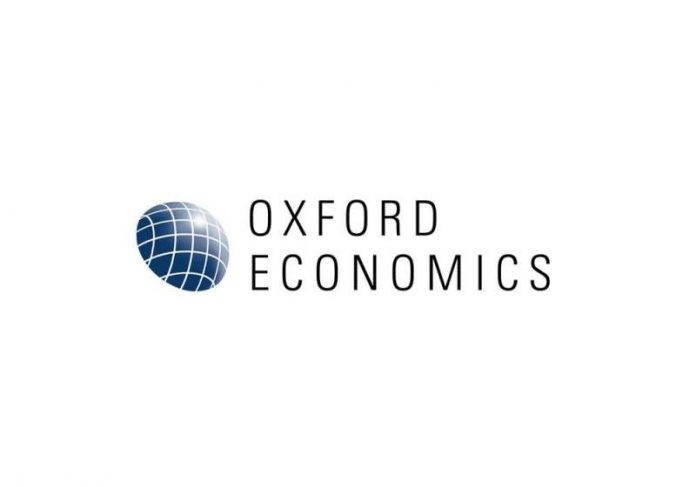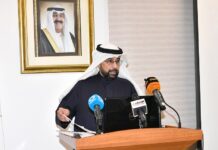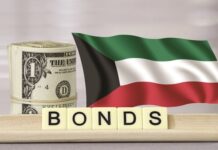The British ‘Oxford Economics’ institution for economic studies stated that Kuwait is in the second place in the Gulf after Saudi Arabia in the number of middle-income families, explaining that the number of middle-class families is an important local market potential.
Sources pointed out that reform of the business sector is a basic pillar of the foreign direct investment (FDI) strategy in the Gulf countries, explaining that much of the focus in the Gulf countries and the Middle East has been on improving the business environment and reducing the regulatory burden.
In this regard, Kuwait ranked last in the Gulf region in implementing policies capable of improving the business environment and facilitating the implementation of business activities.
In its report ‘The Middle East and North Africa: the UAE and Qatar Most Attractive for Foreign Direct Investments”, the institution explained that the potential of the export market in most parts of the Middle East depends on developing leadership positions in the emerging digital and advanced technology sectors.
The Al-Rai daily quoting sources pointed out that the oil and gas sector will continue to attract FDIs, as evidenced by the rise in FDI in the UAE in 2020, but the region needs to attract investment across broader sectors, and explained that the goal of special economic zones and public investment is to generate a positive cycle of economic diversification and increase FDIs.
The report pointed out that Kuwait lags behind its neighbors despite the urgent need for a credible economic plan, pointing to the decline in foreign direct investment to Kuwait, to rank last in the Gulf region in the attractiveness of foreign direct investment.
The report expects the Gulf economies to continue to invest in improving their infrastructure, pointing to their ambitious development plans and economic diversification and the availability of financial resources to do so.
The report stated that public-private partnership (PPP) projects can help support infrastructure investment across the region, adding that tighter spending budgets and widening infrastructure investment gaps are creating conditions for PPP mechanisms across the region.
According to the report, Dubai and Kuwait are likely to be prominent markets at present in the region, with PPP programs for roads and other infrastructure, but there is scope for other countries to also benefit from such programs.
However, according to what the report showed, Kuwait ranked last among the Gulf economies in terms of infrastructure quality, and ranked tenth in the Middle East and North Africa.
According to Oxford Economics, one of the main drivers of foreign direct investment is access to a relatively cheap and well-educated workforce for integration into global supply chains.
The report finds that this is not usually seen as a competitive advantage for the Middle East. Although the workforce in the Gulf is relatively well educated, average wages are fairly high, and the focus on enhancing the attractiveness of foreign direct investment is on quality infrastructure and improving business systems.
In this context, the report pointed out that the labor force in Kuwait is the least educated in the Gulf and among the least educated in the region in terms of average years of education.
On the other hand, the report showed that the Gulf countries generally spend between 4-10 percent of GDP on infrastructure, which is comparable to spending by some Asian economies and as a result, the quality of infrastructure in the GCC ranks relatively high.
According to the World Bank’s Logistics Performance Index, the UAE’s infrastructure is on a par with Singapore, Qatar, Oman and the Kingdom of Saudi Arabia is not far behind.























